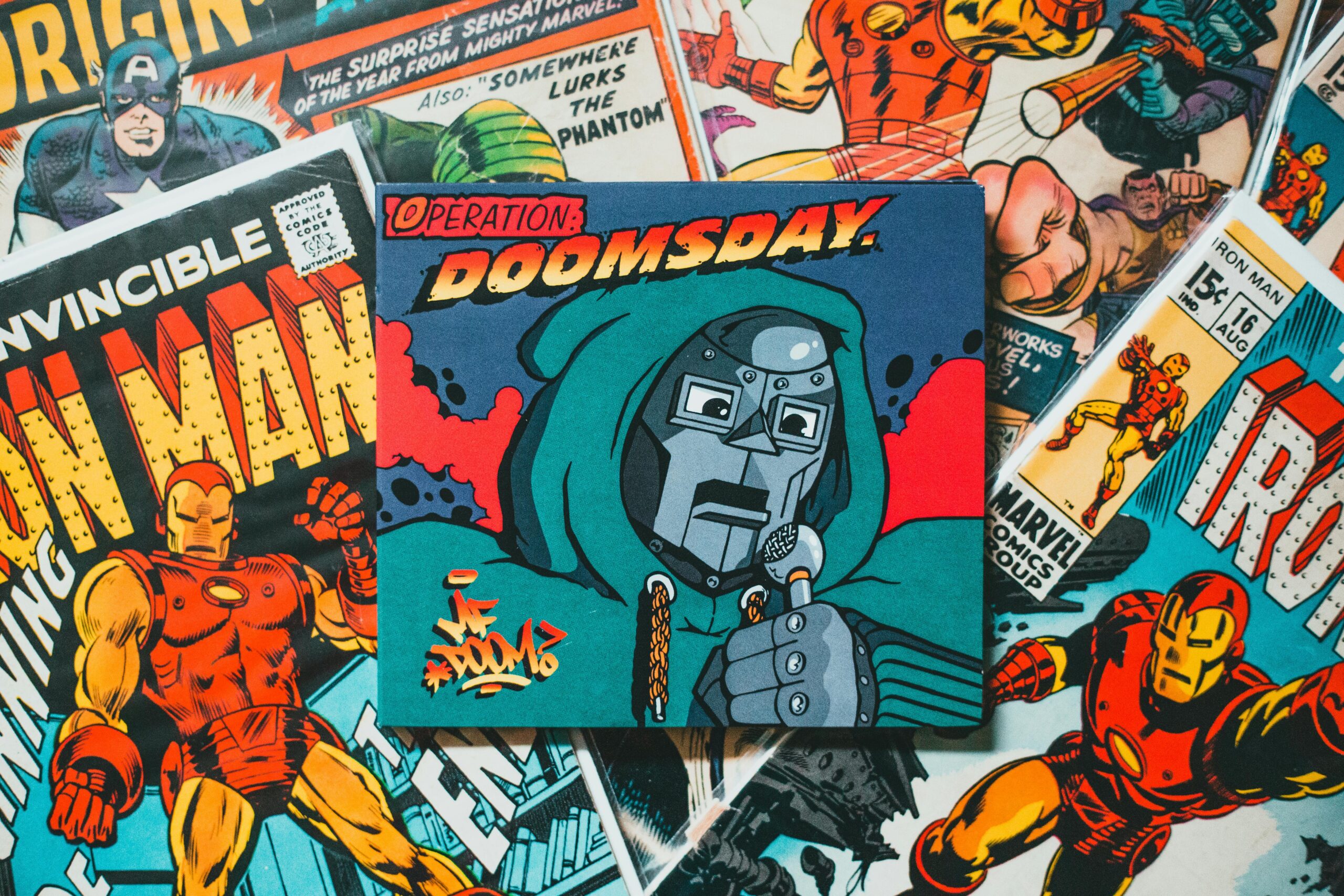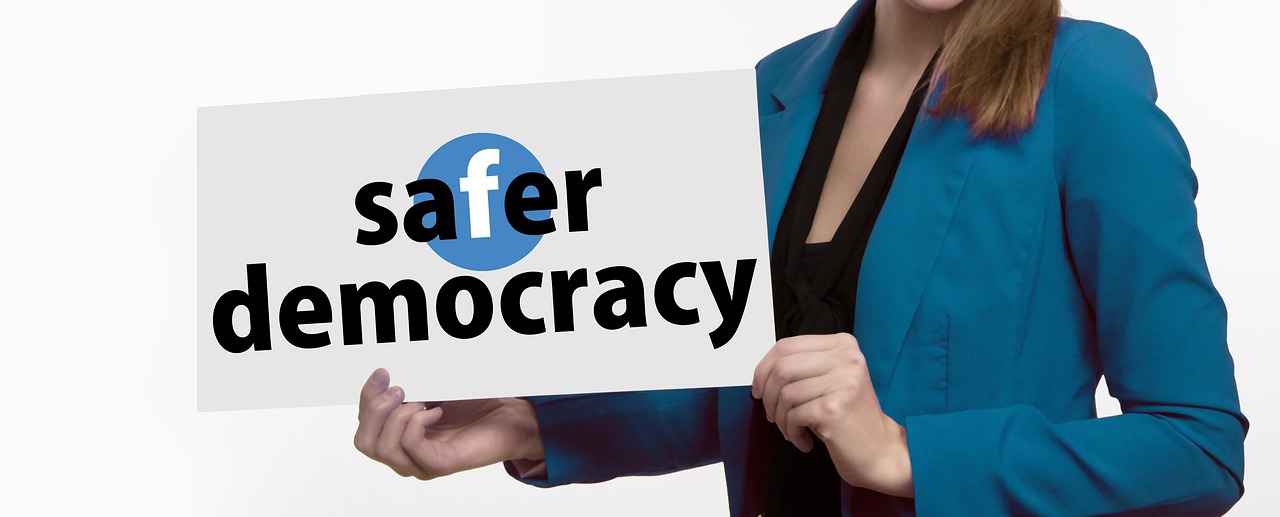Comics can be easier to access than dry text alone. The use of visuals and humor can help get an idea across more effectively than content without visuals. Comics can also be a source of inspiration. It can be empowering for someone to see characters who struggle with the same issues as they do. One example is Mr. Fantastic of the Fantastic Four. His official recognition as autistic by Ryan North, the current writer of the series, has helped people on the spectrum feel seen and validated.
The Origins of Visual Representation of Autistic Experiences
Carol Gray is an educational consultant who developed the concept of social stories in 1990. According to Undivided, an organization that supports families of children with disabilities, “A social story is a simple book individually created for a particular child that addresses a social convention that they may find challenging.” Gray says, “A social story is defined as both a process and a product.” Examples of social story topics include going to school or making friends. When creating these stories, it is important that those creating the stories practice “social humility”— a term created by Gray to describe the empathy needed on both sides, between the neurodivergent child and the neurotypical writer of the story. It is also important that stories focus on celebrating strengths, with a maximum of one coaching sentence per book. Social stories lay the groundwork for those with autism to express their lived experiences through visuals.
“Lily Spectrum”: Giving Autism an Organic Voice
Lily Spectrum is a Canadian account that provides humorous representations of everyday life as an autistic person. The account gained popularity as Aspigurl but changed its name in 2021 to distance itself from the now-defunct and controversial term “Asperger’s.” Comic #191 explains that the reason for changing the name of the account was to move away from the syndrome’s morally ambiguous namesake Dr. Hans Asperger, who was complicit in sending disabled children to their deaths during World War II.
 Lily’s humorous comics help people on the spectrum feel heard and represented, even cool. Lily shows that being autistic is just a fact of life, with its own unique set of challenges and triumphs, nothing to be ashamed of, nothing to make a huge deal about. To her, this is not just content; it is her everyday life, and posting these comics shows people with autism that their experiences are just as valid and valued as those of their neurotypical peers.
Lily’s humorous comics help people on the spectrum feel heard and represented, even cool. Lily shows that being autistic is just a fact of life, with its own unique set of challenges and triumphs, nothing to be ashamed of, nothing to make a huge deal about. To her, this is not just content; it is her everyday life, and posting these comics shows people with autism that their experiences are just as valid and valued as those of their neurotypical peers.
A couple of examples highlight the spirit of Lily’s comics. For example, #236, titled “Literally!?” shows Lily Spectrum hearing a friend say she can write a book on the side, and Lily envisions the friend writing the book while positioned on her side. This example highlights the fact that many people with autism think literally. In #105, “At the Cinema,” Aspigurl (this was created before the account’s name change) sits behind someone at the movies who is loudly slurping a drink. She gets so angry that the visual shows her with fire behind her and coming out of her eyes as she yells at the loud movie-goer. Lily’s aim in this comic is to highlight the fact that many people with autism are sensitive to noise. These comics truly give representation to the daily experience of those with autism in a fun and relatable way.
Using Comics to Address Social Issues
Short comic strips are not the only way that people with autism express their experiences. Longer graphic novels are important media as well.
Speak Up! by Rebecca Burgess is a graphic novel that portrays the story of one autistic middle schooler, Mia. Mia has trouble connecting with her peers and faces bullying at school, yet online, she shines as the bold and charismatic performer Elle-Q. Elle-Q wears a wig and retro makeup and is, therefore, unrecognizable as Mia. Elle-Q writes and sings inspirational songs and is such a hit that her videos regularly garner tens of thousands of views. Mia’s classmates are obsessed with Elle-Q and envy her fierce personality.
In contrast, Mia is a girl who struggles to express herself. The graphic novel is interesting in that it provides a realistic portrait of what it is like to live with autism. Mia stims, which according to the UK’s National Autistic Society, refers to “repetitive movements and behavior” used to regulate emotions. For Mia, this behavior is chewing.
Mia also struggles with sensory issues. For example, when her mother tries to brush her hair, she bristles and explains how painful that process is for someone with sensory issues. At school, her peers call her “Robot Girl” and assume she does not understand emotions or have the capability for empathy. In comparison, Mia talks fast and gets absorbed in her work when she is passionate about something, in this case, music.
A central theme in the novel is that Mia’s mother wants to “fix” her autism. Every day, she reminds Mia of the social conventions she has taught her and hopes for Mia to make friends. She believes Mia is not capable of independence and autonomy. In essence, she believes the false idea that being autistic means being unhappy.
In the end, though, Mia surprises her mother and her classmates when she performs at the local talent show and throws off her mask. Her mother is shocked and proud that she could build such a following on her own. She sings, “They say my autism gives me chains, they say it hurts my family. But my autism sets me free. Cos this is me, and I’m proud of that” (Burgess, 2022, p. 254). This ending conveys that autism is something to celebrate, not something to hide or “fix,” and that people with autism can lead happy, fulfilled lives. Speak Up! is important and inspiring in that it shows the very real challenges people with autism face, yet also how they overcome those challenges and thrive.
Black Manta and the Need for Better Representation
 However, although many visual representations of individuals on the spectrum are positive, not all representations are favorable. No comic book character exemplifies this more than the villain of DC Comics’ Aquaman, Black Manta.
However, although many visual representations of individuals on the spectrum are positive, not all representations are favorable. No comic book character exemplifies this more than the villain of DC Comics’ Aquaman, Black Manta.
In the comic, Black Manta’s origin story reveals that he is autistic. However, rather than portraying this trait in a positive light, Black Manta is sent to an asylum, where he is experimented on extensively. The experimentation eventually turns Black Manta into a being similar to a manta ray and unleashes villainous tendencies. It is these inclinations that lead him to kill his primary doctor, as well as Aquaman’s child.
Later in the comic, Aquaman saves Black Manta’s life, rewiring his brain to “cure” his autism. After Aquaman’s intervention, Black Manta is no longer a villain, implying that it was his autism that caused his violent nature. The representation of this character erroneously suggests that autism needs to be “cured” and leads to evil character traits.
Alex Jaffe, a member of the DC Comics editorial team, even acknowledged that DC Comics made a mistake in representing Black Manta the way that they did. “The only prominent DC character who has ever explicitly been identified as autistic is actually Black Manta. Unfortunately, the stories which approach this subject at all do so in a particularly callous insensitivity,” Jaffe responded to a fan.
There is so much more that needs to be done to ensure characters with autism are positively represented in mainstream comics and society as a whole. It is a step in the right direction to identify Mr. Fantastic as autistic, but the Black Manta example shows how pervasive public perception is that autism is a curse to be “cured,” rather than celebrating the richness neurodivergent folks bring to the table. There are seeds of hope, but there is still much to be done. It is only once we embrace the beauty of all neurotypes that we will be able to create a brighter society, one in which all people are seen as positive contributors.
Hamilton is a guest blogger at UITAC Publishing. UITAC’s mission is to provide high-quality, affordable, and socially responsible online course materials.
Images used in this blog:
- “Woman in White Long Sleeve Shirt Holding White Book” by cottonbro studio on Pexels licensed under Creative Commons Zero (CC0) license. This image has not been altered.
- “Colorful Comic Covers” by Erik Mclean on Pexels licensed under Creative Commons Zero (CC0) license. This image has not been altered.




